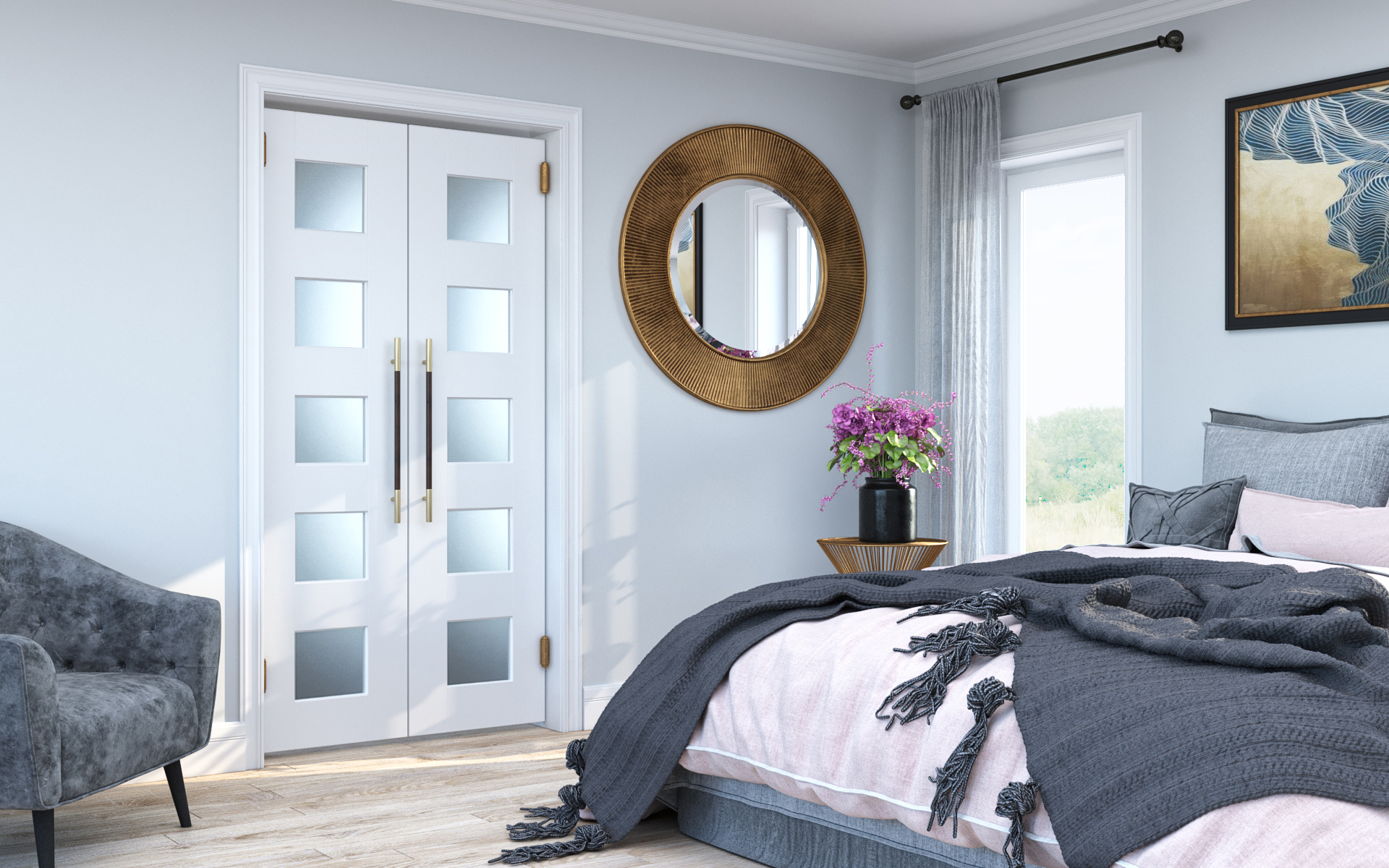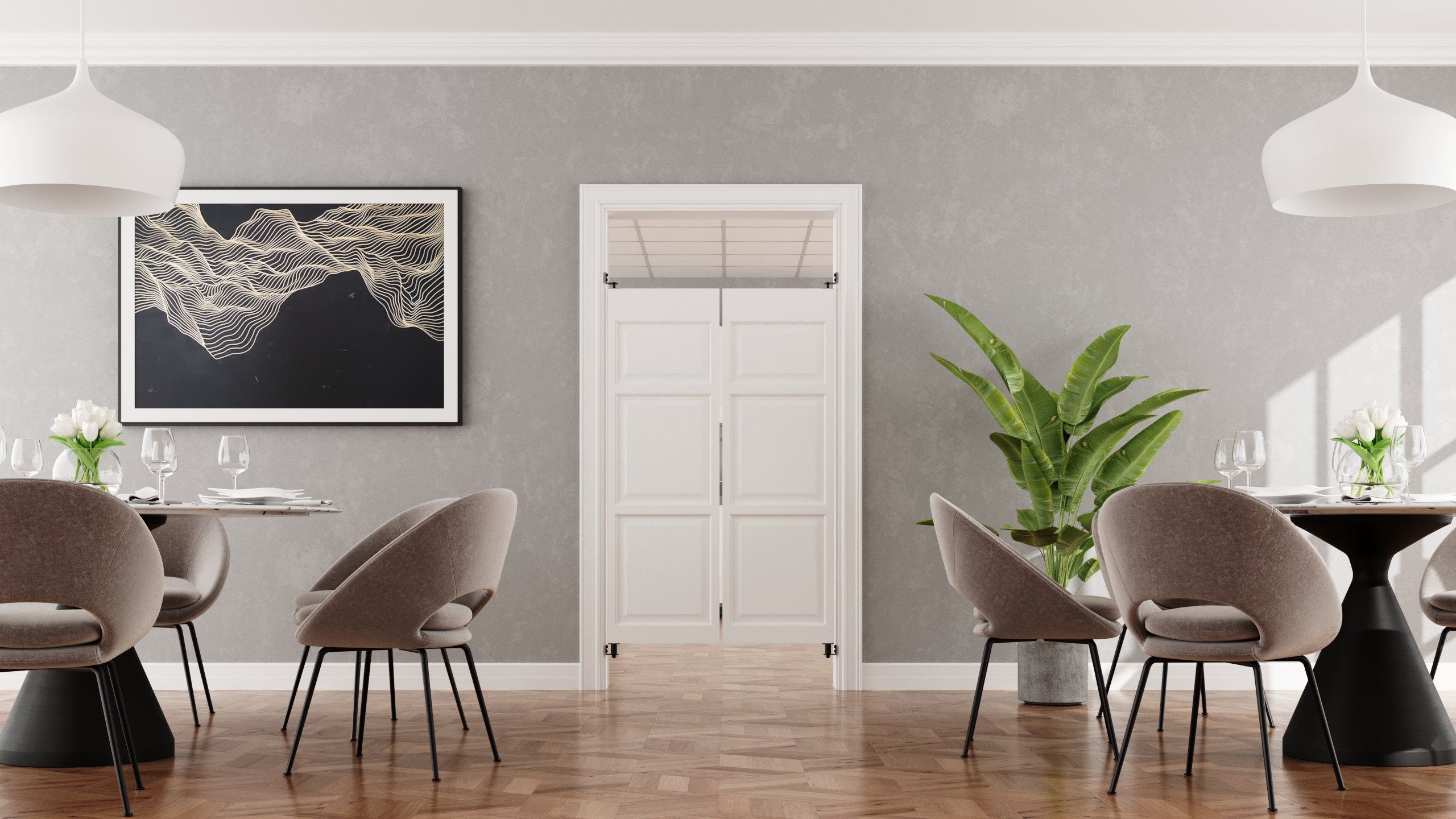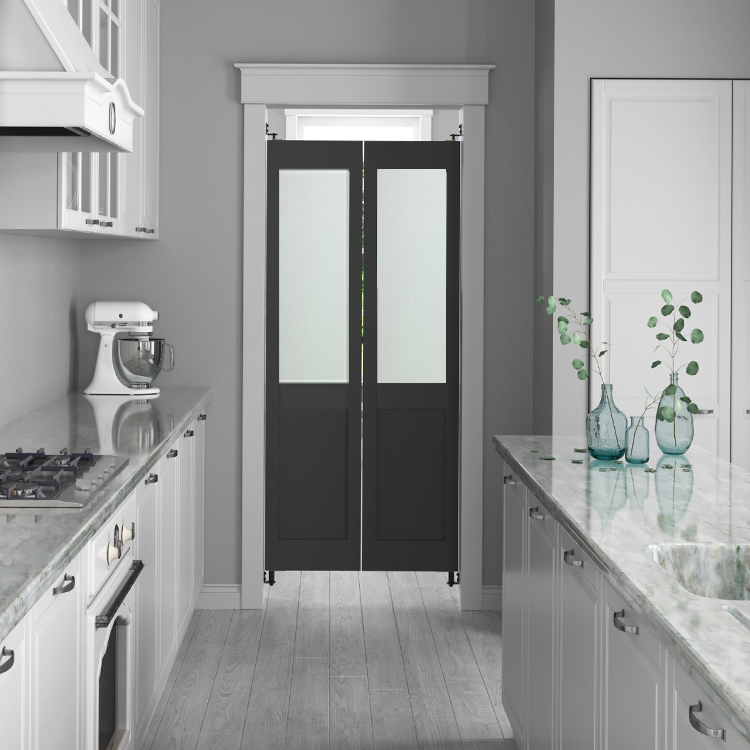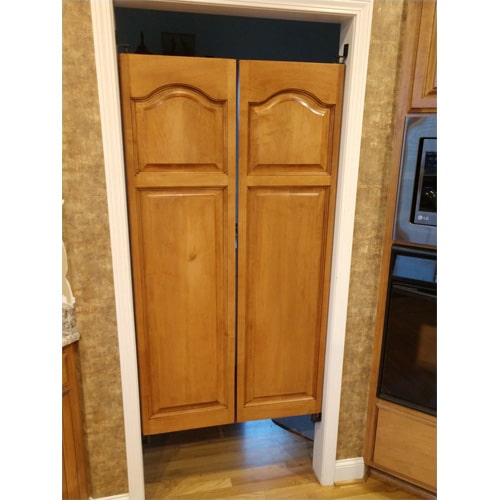
Interior Doors: A Comprehensive Guide
Interior Doors: A Comprehensive Guide
Interior doors play a crucial role in the functionality and aesthetic appeal of a home. Whether you're renovating or building a new home, understanding the various types of interior doors and their features is essential. This guide will delve into the different aspects of interior doors, helping you make informed decisions for your home.
1. Definition of Interior Doors
 Interior doors are designed to separate rooms within a building, offering privacy, noise reduction, and contributing to the overall decor. Unlike exterior doors, which are built to withstand the elements and provide security, interior doors focus more on style and functionality within the home.
Interior doors are designed to separate rooms within a building, offering privacy, noise reduction, and contributing to the overall decor. Unlike exterior doors, which are built to withstand the elements and provide security, interior doors focus more on style and functionality within the home.
2. History of Interior Doors
The concept of interior doors dates back to ancient times when civilizations like the Egyptians used stone doors to separate different areas within their structures. Over the centuries, the materials and designs have evolved, transitioning from heavy stone to wood, and now, modern materials like MDF (Medium Density Fiberboard) and composite materials. This evolution reflects the advancements in technology and changes in architectural styles.
3. Features and Specifications
 Material
Material
Interior doors come in various materials, each with its unique properties:
- Solid Wood: Offers durability and a classic appearance but is more expensive.
- Hollow Core: Lightweight and cost-effective, ideal for budget-conscious projects.
- Solid Core: Provides better sound insulation and feels more substantial than hollow core.
- MDF: Smooth finish, easy to paint, and resistant to warping.
- Glass: Used in French doors and provides a modern look and natural light flow.
Styles
- Panel Doors: Traditional style with multiple panels, can be raised or flat.
- Flush Doors: Smooth surface, modern and minimalist design.
- French Doors: Feature glass panes, often used for connecting living spaces.
- Barn Doors: Sliding doors that add rustic charm.
- Pocket Doors: Slide into the wall, saving space in small areas.
Sizes
Standard interior door sizes vary, but the most common dimensions are 80 inches in height and 24, 28, 30, 32, or 36 inches in width. Custom sizes are also available for unique architectural needs.
Finishes
- Painted: Available in various colors to match interior decor.
- Stained: Enhances the natural beauty of wood.
- Primed: Ready to be painted to your preference.
4. Types of Interior Doors
Panel Doors
Panel doors are the most traditional and common type. They consist of horizontal rails and vertical stiles with panels that can be raised, recessed, or flat. This design adds depth and character to the door.
Flush Doors
Flush doors have a completely smooth surface with no panels or detailing. They offer a clean and modern look, making them suitable for contemporary interiors.
French Doors
French doors are made primarily of glass panes that run the full length of the door. They are often used as a design feature to connect indoor spaces or to provide access to outdoor areas while allowing natural light to filter through.
Barn Doors
Barn doors are a type of sliding door that hangs on a track above the door frame. They are often used in spaces where traditional swinging doors would take up too much room, adding a rustic or industrial touch to the decor.
Pocket Doors
Pocket doors slide into a compartment within the adjacent wall, making them ideal for small spaces where a swinging door would be impractical.
5. Mechanism and Operation
Hinged Doors
The most common type, hinged doors, operate on hinges attached to the door frame. They can be single or double doors.
Sliding Doors
Sliding doors move along a track, ideal for spaces where a swinging door is impractical. Barn doors and pocket doors fall under this category.
Bifold Doors
Bifold doors are made of two panels that fold together, often used for closets or pantries.
Pivot Doors
Pivot doors rotate on a pivot hinge, offering a unique and modern aesthetic.
Swinging Doors
Double action doors, that can swing in both directions and self return to center.
6. How to Use Interior Doors
 Installation
Installation
Proper installation is crucial for the functionality and longevity of interior doors. Ensure the frame is square and level, and follow the manufacturer's guidelines.
Maintenance
Regular maintenance includes cleaning, checking for any misalignment, and ensuring hardware functions correctly. For wooden doors, occasional refinishing might be necessary to maintain their appearance.
7. Benefits of Interior Doors
Interior doors offer several benefits:
- Privacy: Essential for bedrooms and bathrooms.
- Noise Reduction: Helps in creating quieter, more peaceful environments.
- Aesthetic Appeal: Enhances the overall decor of the home.
- Energy Efficiency: Helps in maintaining the desired temperature in different rooms.
8. Advantages of Interior Doors
 Customization
Customization
Interior doors come in various styles, materials, and finishes, allowing homeowners to customize them to their taste and needs.
Space Management
Sliding and pocket doors are excellent for managing space in smaller areas, offering functional solutions without compromising style.
Value Addition
High-quality interior doors can add value to a home, making it more appealing to potential buyers.
9. Applications of Interior Doors
Residential
In homes, interior doors are used in bedrooms, bathrooms, closets, and common areas.
Commercial
In commercial spaces, interior doors are essential for offices, meeting rooms, and restrooms, contributing to the functionality and privacy of the workspace.
Hospitality
Hotels and resorts use a variety of interior doors to enhance guest experience, providing privacy and noise reduction.
Conclusion

Interior doors are a vital component of any building, offering both functional and aesthetic benefits. By understanding the different types, features, and applications, you can select the right doors that meet your needs and preferences. With a wide range of options available, from traditional panel doors to modern flush and sliding doors, there is something to suit every style and budget.
FAQs
- What is the most durable material for interior doors? Solid wood is the most durable but also the most expensive.
- How do I choose the right size for an interior door? Measure the height and width of the door frame, considering the standard sizes.
- Can I install an interior door myself? Yes, but it requires some carpentry skills and the right tools.
- What are the benefits of using a solid core door? Better sound insulation and a more substantial feel compared to hollow core doors.
By choosing the right interior doors, you can significantly enhance the look and feel of your home or commercial space, ensuring both functionality and style.
